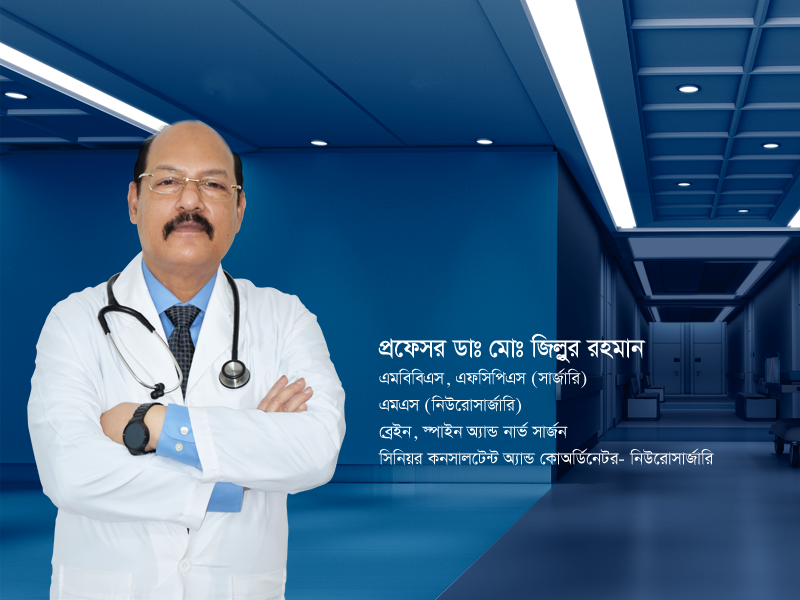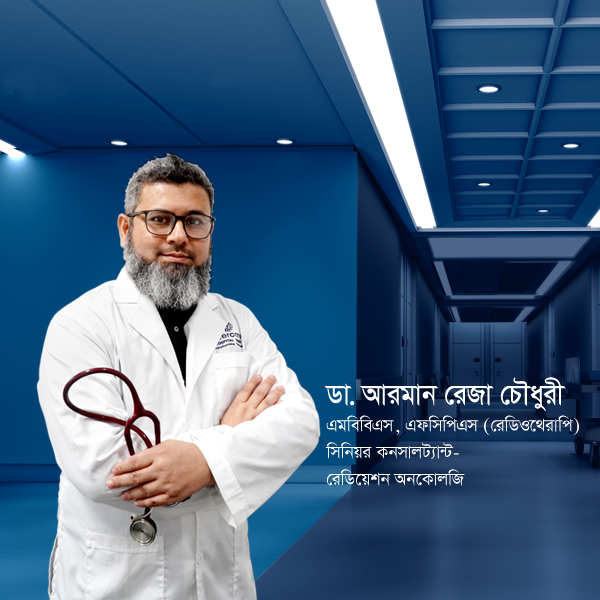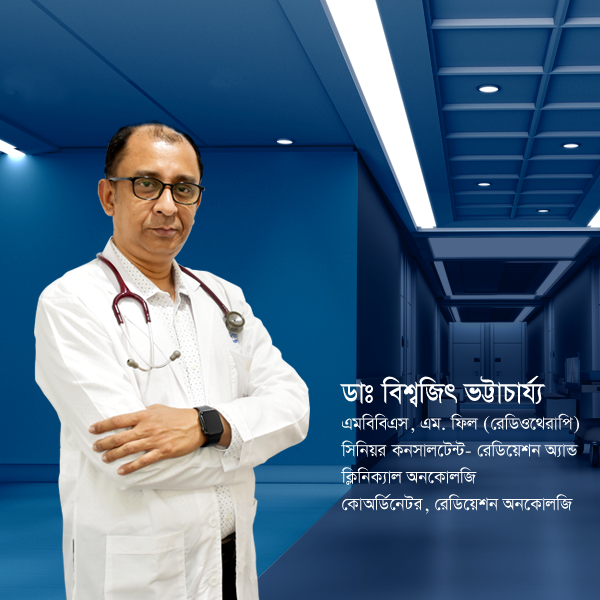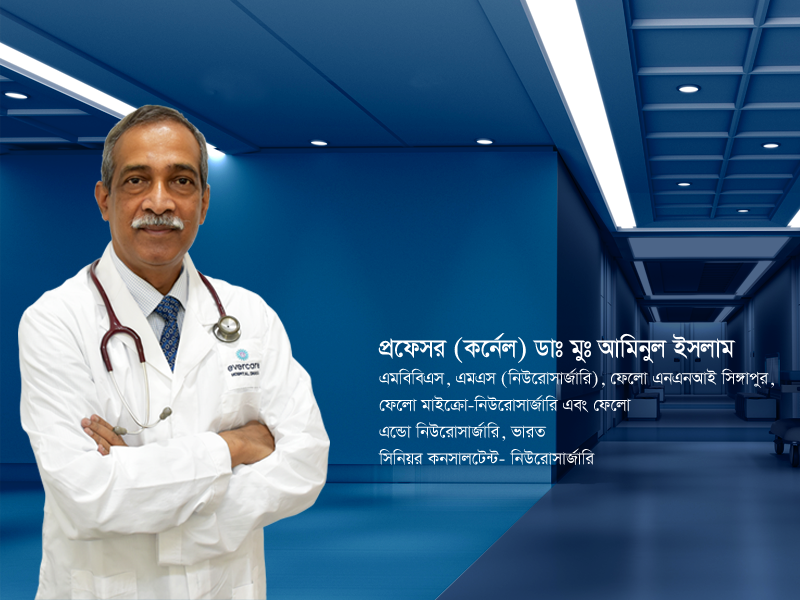হাইড্রোকেফালাস হলো মস্তিষ্কে সেরিব্রোস্পাইনাল পানি (সিএসএফ) অতিরিক্ত পরিমাণে জমা হওয়া, যা মস্তিষ্কের প্রকোষ্ঠগুলো (ভেন্ট্রিকল) প্রসারিত করে এবং মস্তিষ্কের টিস্যুর ওপর চাপ সৃষ্টি করে। এটি যেকোনো বয়সে ঘটতে পারে, তবে নবজাতক এবং বয়স্কদের মধ্যে বেশি দেখা যায়।
হাইড্রোকেফালাস কারণ
সিএসএফ মস্তিষ্ক ও মেরুদণ্ডের চারপাশে প্রবাহিত হয়, পুষ্টি সরবরাহ করে এবং বর্জ্য অপসারণ করে।
সিএসএফের সঠিক প্রবাহ বা শোষণে বাধা সৃষ্টি হলে হাইড্রোকেফালাস হয়। এর কারণগুলো হতে পারে:
জন্মগত ত্রুটি: মস্তিষ্কের গঠনগত সমস্যা, যা জন্মের সময় থেকেই উপস্থিত।
সংক্রমণ: মেনিনজাইটিস বা অন্যান্য মস্তিষ্কের সংক্রমণ সিএসএফ প্রবাহে বাধা সৃষ্টি করতে পারে।
টিউমার: মস্তিষ্কে টিউমার সিএসএফের স্বাভাবিক প্রবাহে বাধা দেয়।
মস্তিষ্কে রক্তক্ষরণ: আঘাত বা স্ট্রোকের ফলে রক্তক্ষরণ সিএসএফ প্রবাহে সমস্যা সৃষ্টি করতে পারে।
লক্ষণসমূহ
লক্ষণগুলো বয়স অনুযায়ী ভিন্ন হতে পারে:
শিশুদের মধ্যে: মাথার আকার বৃদ্ধি, বমি, খিঁচুনি, খাওয়াতে অনীহা, অতিরিক্ত ঘুমানো।
প্রাপ্তবয়স্কদের মধ্যে: মাথাব্যথা, বমি, দৃষ্টি সমস্যা, ভারসাম্যহীনতা, মেমোরি লস, মূত্র নিয়ন্ত্রণে সমস্যা।
চিকিৎসা
হাইড্রোকেফালাস এর প্রধান চিকিৎসা হলো সার্জারি। সাধারণত শান্টিং পদ্ধতি ব্যবহৃত হয়, যেখানে মস্তিষ্ক থেকে অতিরিক্ত সিএসএফ শরীরের অন্য স্থানে প্রবাহিত করা হয়। কিছু ক্ষেত্রে এন্ডোস্কোপিক থার্ড ভেন্ট্রিকুলোস্টোমি (ইটিভি) পদ্ধতি ব্যবহৃত হয়, যা সিএসএফের প্রবাহ পুনরুদ্ধার করে।
প্রতিরোধ
হাইড্রোকেফালাস সম্পূর্ণরূপে প্রতিরোধ করা সম্ভব নয়, তবে কিছু পদক্ষেপ গ্রহণ করে ঝুঁকি কমানো যেতে পারে:
গর্ভাবস্থায় যত্ন: গর্ভাবস্থায় নিয়মিত চিকিৎসা পরামর্শ ও পুষ্টি নিশ্চিত করা।
সংক্রমণ প্রতিরোধ: মেনিনজাইটিসসহ অন্যান্য সংক্রমণ থেকে রক্ষা পেতে টিকা গ্রহণ ও স্বাস্থ্যবিধি মেনে চলা ও পর্যাপ্ত এবং সঠিক চিকিৎসা নেয়া।
মস্তিষ্কের আঘাত থেকে সুরক্ষা: হেলমেট পরা এবং সড়ক নিরাপত্তা নিয়ম মেনে চলা।
সঠিক সময়ে চিকিৎসা গ্রহণ করলে হাইড্রোকেফালাস আক্রান্ত ব্যক্তিরা স্বাভাবিক জীবনযাপন করতে পারেন। তাই উপসর্গ দেখা দিলে দ্রুত চিকিৎসকের পরামর্শ নেওয়া উচিত।
লেখকঃ
সিনিয়র কনসালটেন্ট অ্যান্ড কো-অর্ডিনেটর








